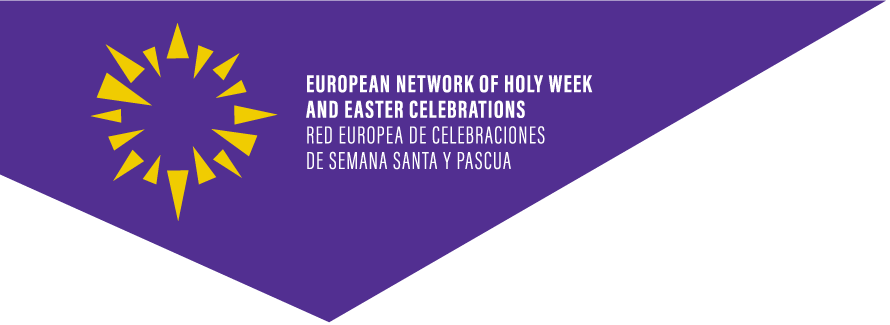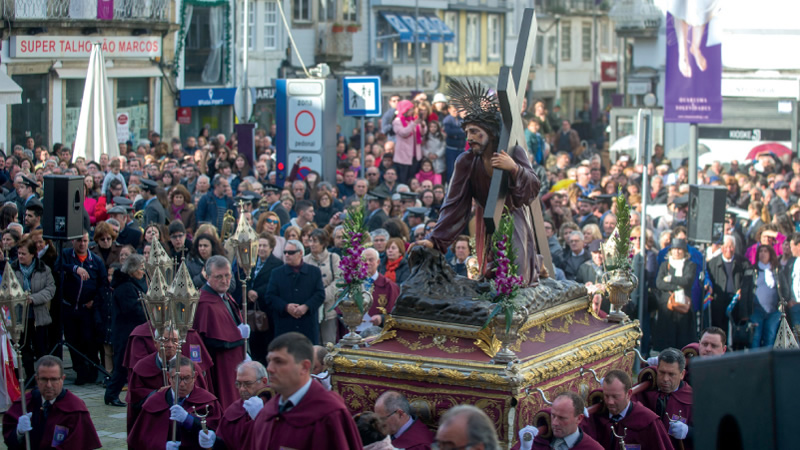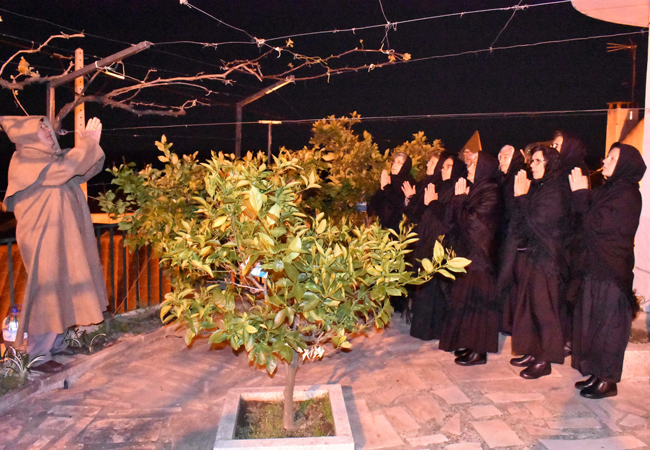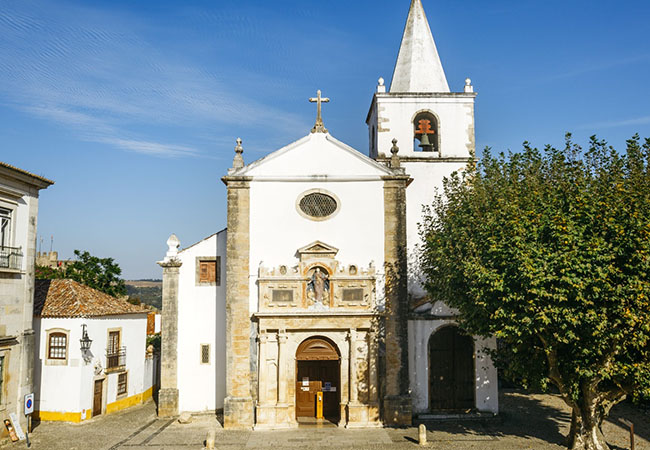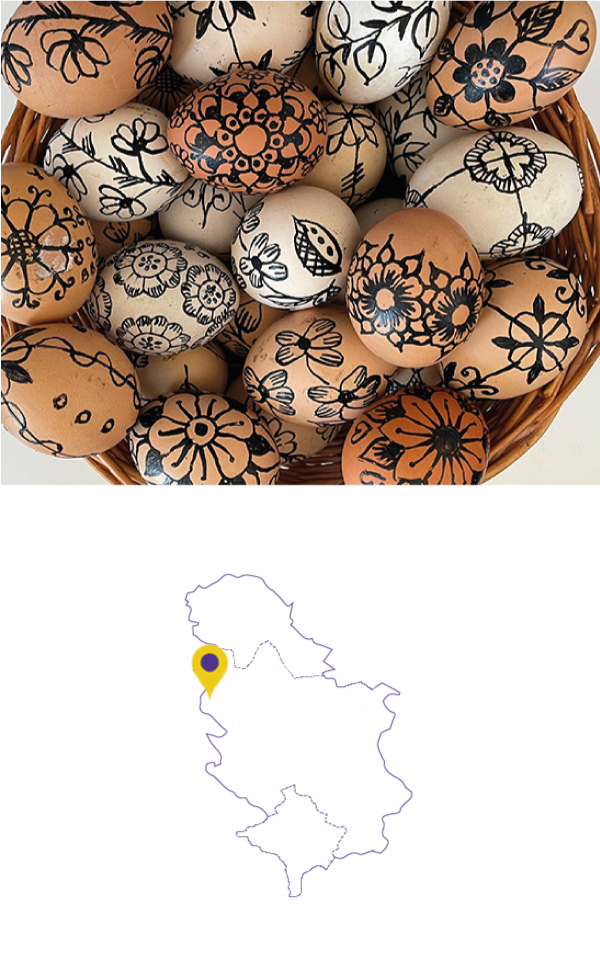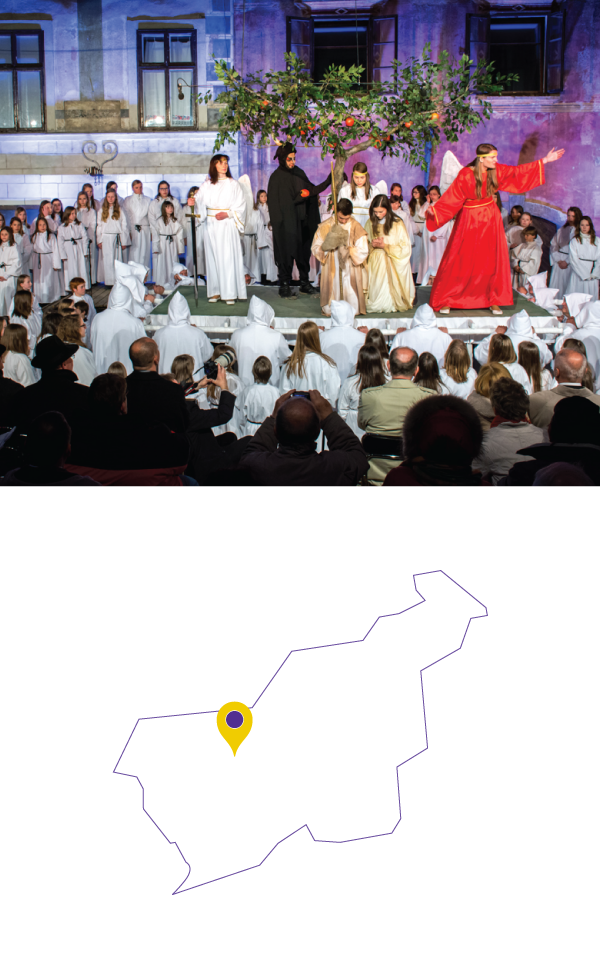Loznica Holy Week traditions are pre-Christian and include the celebration of different religious rituals that take place in churches, such as the Anointing of the Sick (Јелоосвећење) on Holy Wednesday or the Bringing out of the Shroud on Holy Friday.
Loznica Holy Week maintains deep-rooted traditions that are transmitted between generations, such as painting eggs with beeswax during Holy Week, until Good Friday. Beeswax is applied to chicken eggs creating patterns with vegetal motifs, these are passed down from generation to generation in many families.
Another of the most deeply rooted customs is casting and lighting the farmer candles between Tuesday and Holy Thursday. This tradition is unique in all of Serbia and is celebrated in the Monastery of Tronoša and the villages in its surroundings (Korenita, Tršić, Zajača, Paskovac, Donja Borina). Preparations for this custom start at the beginning of the fast that precedes Easter. The most relevant event that brings together the largest number of participants is the transfer of two large candles to the monastery church on Holy Thursday. The candles remain in the monastery all year round and therefore visitors can get to know the ritual. According to oral tradition, monks from Sveta Gora brought this ritual of making and lighting the farmer candles to the Monastery of Tronoša in the Middle Ages. The farmer candles are two large candles that the inhabitants of the Tronoša Monastery make every year the week before Easter. This is a unique tradition in the Serbian Orthodox Church. In 2012, this custom was incorporated to the List of Elements of the Intangible Cultural Heritage of the Republic of Serbia.
The following stand out as organizers and bearers of this tradition:
- Serbian Orthodox Church and the Monastery of Tronoša.
- The parishioners of the Monastery of Tronoša and Zajača church.
